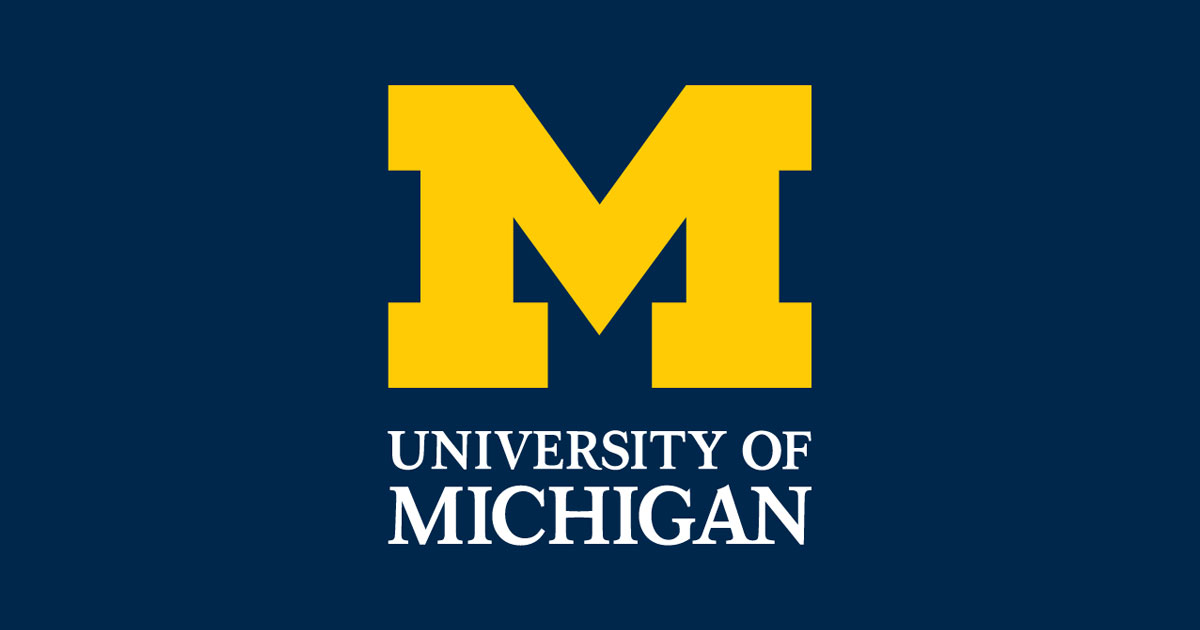Optimizing the Environmental Performance of Food Product Package Systems: A Lifecycle Assessment of the Tradeoff's Between Packaging Design and Food Waste
This study examines the critical role of food packaging in addressing the environmental and food security challenges posed by food waste. Food packaging serves as a highly engineered interface that not only protects and distributes food but also influences consumer behavior regarding food handling, preparation, and disposal. Despite its potential, the role of packaging in reducing the environmental impact of food systems has often been overlooked.
The research aimed to evaluate the environmental trade-offs between food waste and packaging through a life cycle assessment (LCA). A model was developed to assess the environmental impact, focusing on greenhouse gas emissions (GHGE) and non-renewable energy demand, of different food products and packaging configurations. The study introduced the "food-to-packaging ratio," a scan-level indicator that helps designers understand whether investments in packaging can lead to net environmental benefits.
The findings highlight the complexities of balancing packaging and food waste reduction. Case studies on fresh vegetables, such as mushrooms and spinach, revealed varying outcomes. Pre-packaged mushrooms had lower food waste and overall environmental benefits, while pre-packaged spinach resulted in increased environmental impact due to its low food-to-packaging GHGE ratio. Another case compared fresh, frozen, and canned green beans. Fresh beans had significantly higher waste rates but lower overall environmental impacts compared to frozen and canned options due to the energy-intensive processing and refrigeration required for preservation. Similar trends were observed with blueberries.
The study concludes that packaging can significantly reduce food waste and lead to environmental benefits in some cases. However, the balance is delicate and context-dependent, requiring careful assessment and reliable data. In high food-to-packaging ratio scenarios, such as beef, investments in packaging to reduce waste are more likely to yield environmental benefits. As a key point of interaction between food and consumers, packaging presents untapped opportunities for influencing waste and improving sustainability.


